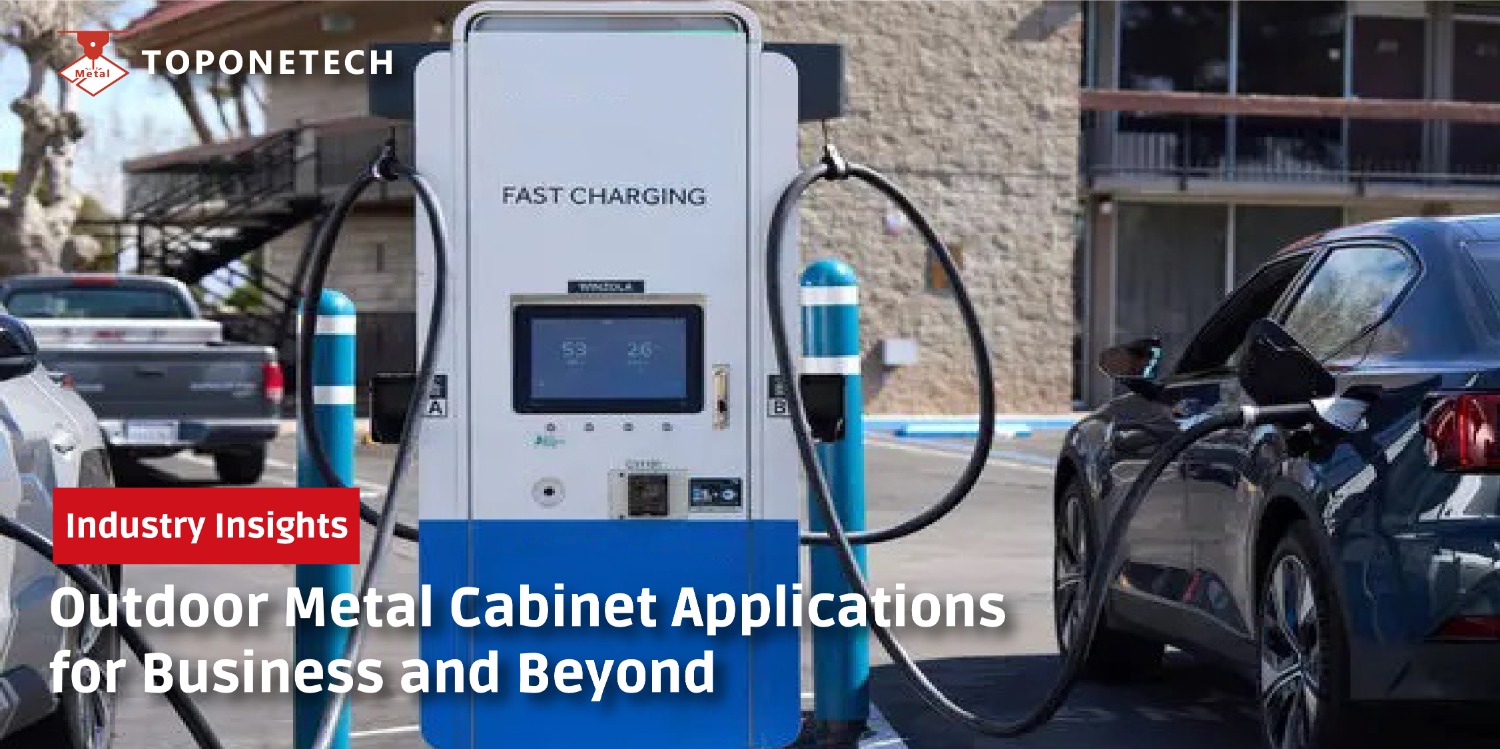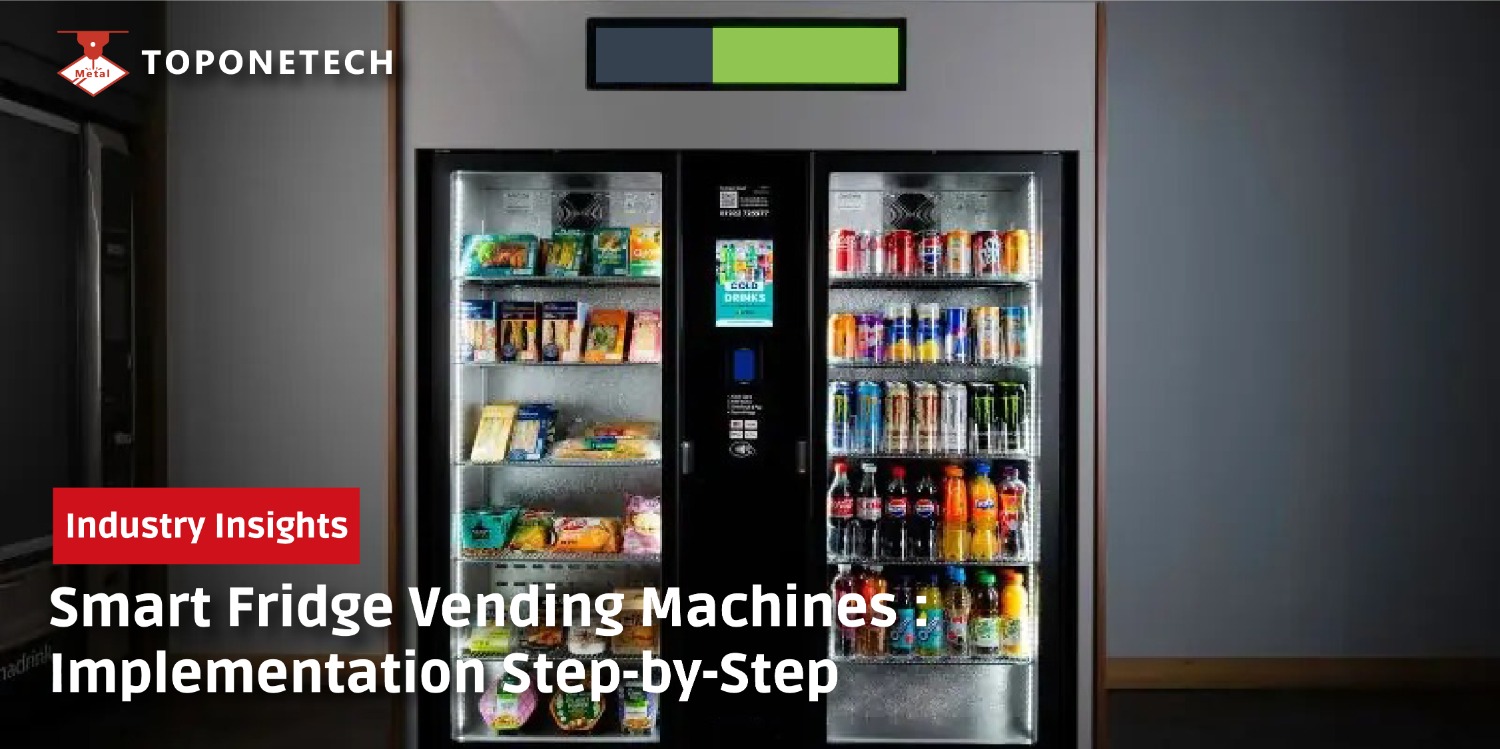
In today’s fast-paced retail environment, businesses are constantly seeking innovative solutions to enhance customer experience and boost sales. One of the most effective tools gaining traction is the self-service kiosk. These digital interfaces empower customers to place orders, make payments, and access information independently, transforming the way businesses operate. In this article, we will explore the myriad ways self-service kiosks can serve as a secret weapon for increasing sales, providing a competitive edge, and improving overall operational efficiency.
The Rise of Self-Service Kiosks
As consumer preferences shift towards convenience and speed, self-service kiosks have emerged as a popular solution across various industries, including retail, hospitality, healthcare, and transportation. According to recent statistics, the global self-service kiosk market is projected to reach $30 billion by 2026, highlighting the growing importance of this technology in modern commerce.
Benefits of Self-Service Kiosks
1. Enhanced Customer Experience
One of the primary advantages of self-service kiosks is their ability to enhance the customer experience. Moreover, by providing a user-friendly interface, kiosks allow customers to interact with your brand on their own terms. Here are some key aspects of improved customer experience:
- Reduced Wait Times: Kiosks eliminate the need for long lines, allowing customers to place orders or make purchases at their convenience. This efficiency can significantly enhance customer satisfaction.
- Personalization Options: Many kiosks feature customization options, enabling customers to tailor their orders according to personal preferences, leading to a more engaging experience.
- 24/7 Availability: Self-service kiosks can operate round the clock, providing customers with access to products and services even outside of traditional business hours.
2. Increased Sales and Revenue
Implementing self-service kiosks can directly contribute to increased sales and revenue for businesses. Here’s how:
- Upselling Opportunities: Kiosks can be programmed to suggest additional items during the ordering process, encouraging customers to purchase more than they initially intended.
- Streamlined Ordering Process: With faster service, businesses can cater to more customers in a shorter period, leading to higher sales volumes.
- Improved Order Accuracy: Kiosks reduce the risk of human error, ensuring that orders are processed correctly, which can lead to increased customer satisfaction and repeat business.
3. Cost Savings and Operational Efficiency
In addition to boosting sales, self-service kiosks can help businesses save costs and improve operational efficiency. Here are some benefits in this area:
- Labor Savings: By automating routine tasks, businesses can reduce labor costs, allowing staff to focus on higher-value activities such as customer service and sales.
- Reduced Training Time: Kiosks are typically user-friendly and require minimal training for customers, making it easier for businesses to implement this technology without extensive employee onboarding.
- Data Collection and Insights: Kiosks can gather valuable customer data and insights, helping businesses understand consumer behavior and preferences to make informed decisions.
Choosing the Right Self-Service Kiosk
1. Assess Your Business Needs
Before investing in self-service kiosks, it is crucial to assess your specific business needs. Consider the following factors:
- Industry Type: Different industries have varying requirements. For instance, a restaurant kiosk may need a robust menu interface, while a retail kiosk might focus on product browsing.
- Customer Demographics: Understanding your target audience is essential. Moreover, tailor the kiosk experience to meet the preferences of your customer base.
2. Evaluate Hardware and Software Options
Choosing the right hardware and software for your kiosks is critical to ensure a seamless customer experience. Moreover, here are some points to consider:
- Display Size and Resolution: A larger, high-resolution display can enhance the visual appeal and usability of the kiosk.
- User Interface Design: Invest in intuitive software with a user-friendly interface that guides customers through the ordering or purchasing process.
- Payment Integration: Ensure the kiosk can accept various payment methods, including credit/debit cards, mobile payments, and contactless transactions.
3. Plan for Installation and Maintenance
Proper installation and ongoing maintenance are crucial for the success of your self-service kiosks. Consider the following:
- Location: Strategically position kiosks in high-traffic areas to maximize visibility and usage.
- Technical Support: Ensure that your kiosks have access to reliable technical support for troubleshooting and maintenance to minimize downtime.
Real-World Examples of Self-Service Kiosks in Action
1. Fast-Food Industry
Fast-food chains like McDonald’s and Taco Bell have successfully integrated self-service kiosks into their operations. Moreover, these kiosks allow customers to customize their orders, pay, and receive receipts without waiting in line, resulting in improved efficiency and increased sales.
2. Retail Environment
Retail giants such as Walmart and Target utilize self-service kiosks to enhance the shopping experience. Moreover, customers can use kiosks to check product availability, place online orders, and even complete transactions, making the shopping process more convenient and efficient.
3. Healthcare Sector
Hospitals and clinics are increasingly adopting self-service kiosks for patient check-in and appointment scheduling. This technology streamlines administrative tasks, reduces wait times, and improves the overall patient experience.
Future Trends in Self-Service Kiosks
1. Advanced Technology Integration
As technology evolves, self-service kiosks are expected to incorporate advanced features such as artificial intelligence (AI) and machine learning. Moreover, these technologies will enable kiosks to provide personalized recommendations based on customer behavior and preferences.
2. Contactless Solutions
The COVID-19 pandemic has accelerated the demand for contactless solutions. Moreover, self-service kiosks equipped with touchless interfaces and mobile integration will likely become the standard, providing a safer and more hygienic experience for customers.
3. Data Analytics and Insights
The ability to collect and analyze data will continue to play a significant role in the evolution of self-service kiosks. Moreover, businesses that leverage data analytics can gain valuable insights into customer behavior, allowing for more targeted marketing strategies and improved service offerings.
Conclusion
Self-service kiosk is undoubtedly a secret weapon for businesses looking to increase sales and enhance customer experiences. By streamlining operations, reducing wait times, and providing valuable data insights, kiosks empower both customers and businesses alike. Moreover, as technology continues to advance, the integration of self-service kiosk will only become more prevalent, offering even greater opportunities for innovation and growth.
Finally, investing in self-service kiosk is not just about keeping up with the competition; it’s about creating a more efficient and enjoyable experience for your customers, ultimately leading to increased sales and long-term success.
Top One Tech can customize various types of Self-Service Kiosks specially designed for your application scenarios.
Contact us for further information :
Whatsapp/Call us at : +86 13631610695
Email : sales@toponetechmetal.com
See Also : Our Wide Range of Sheet Metal Products



